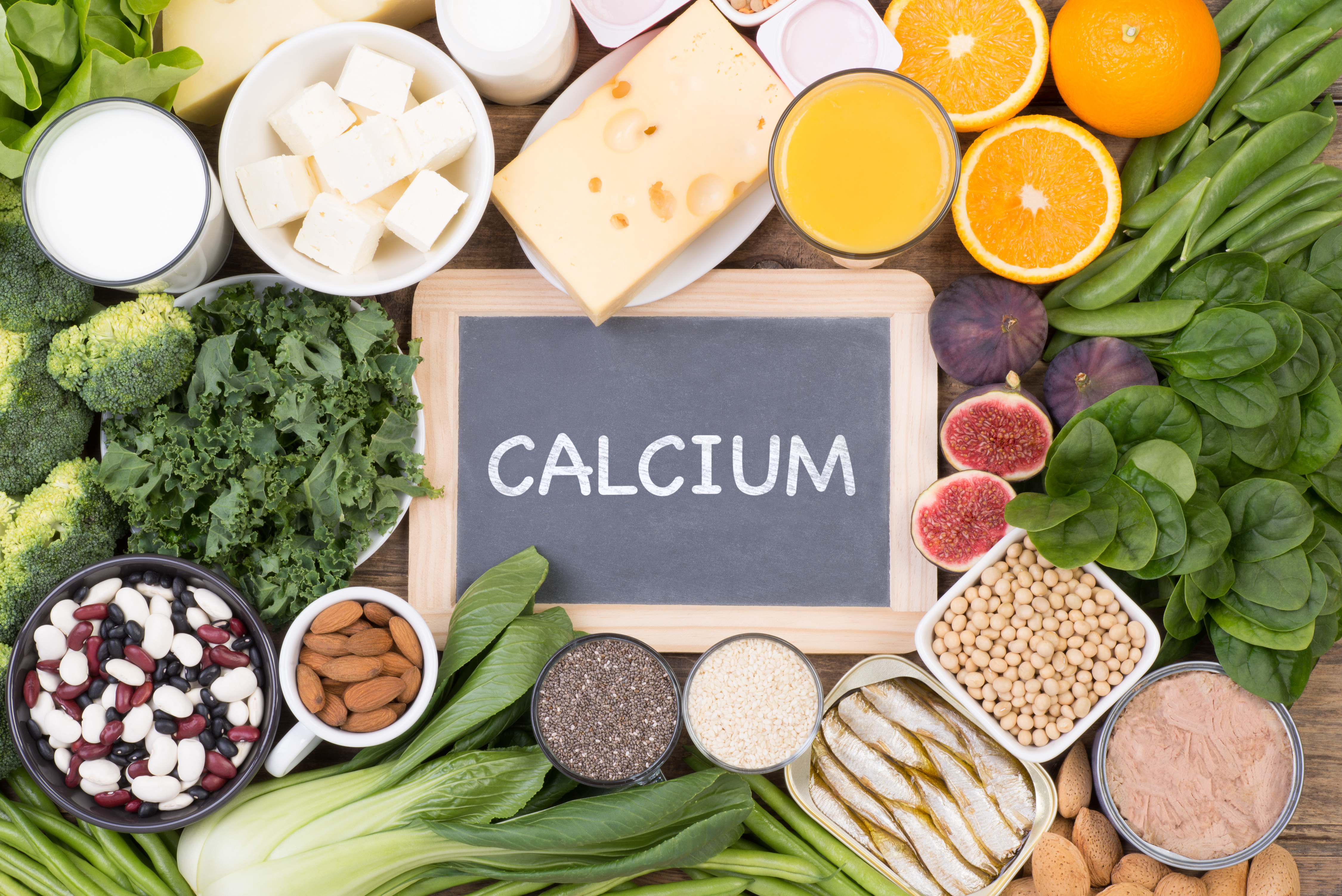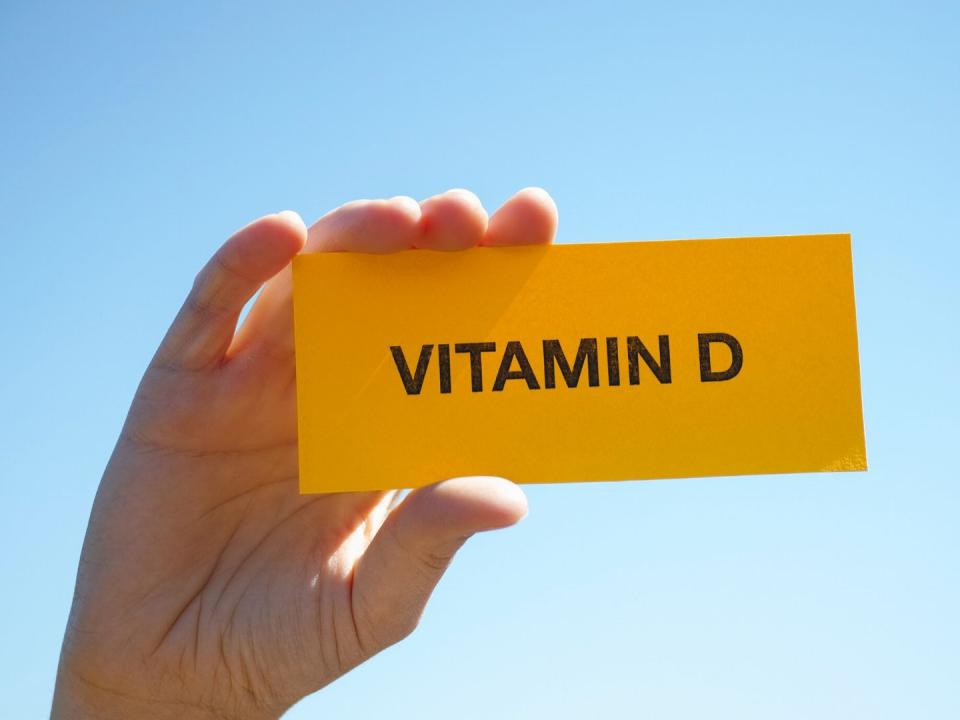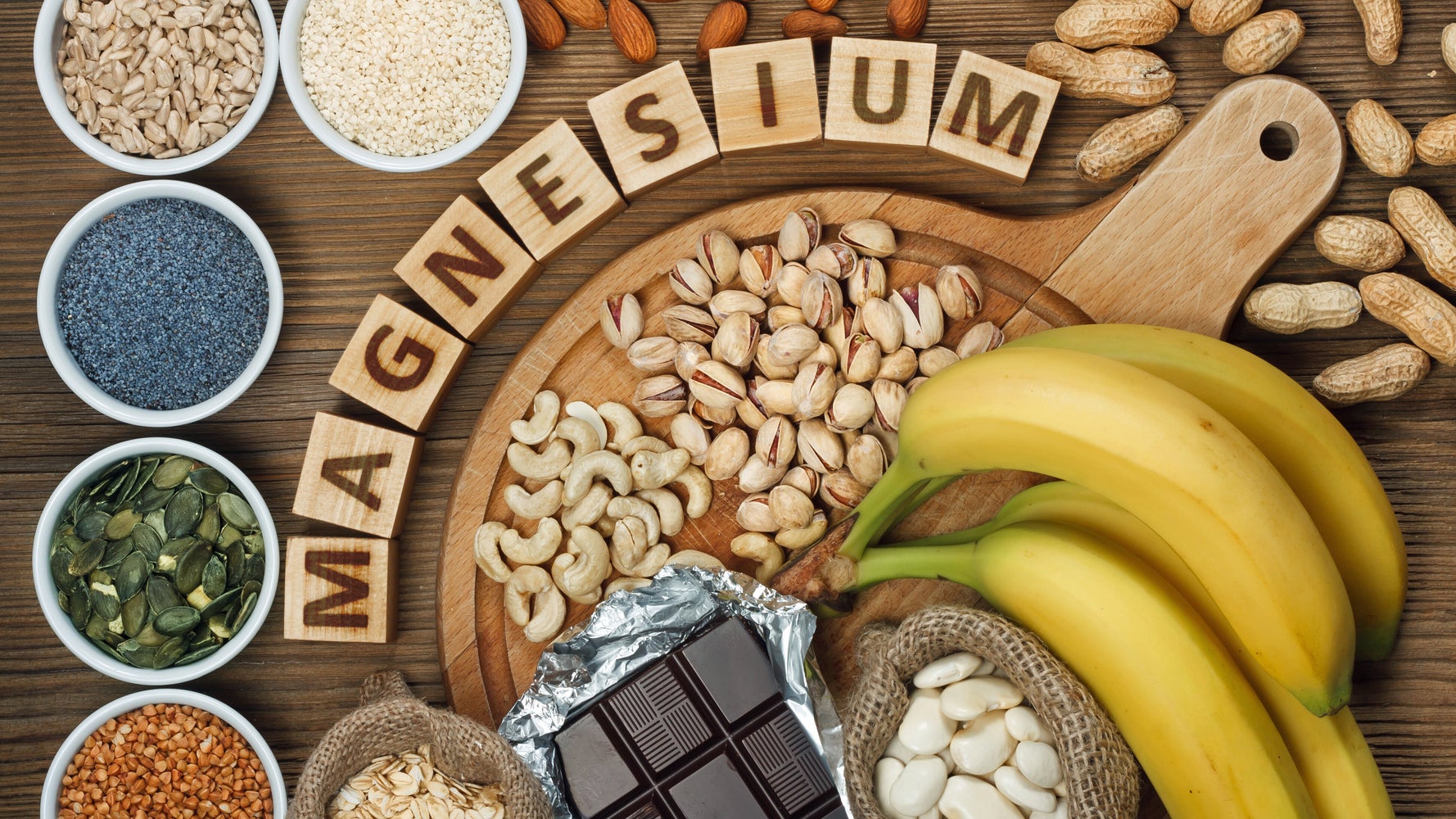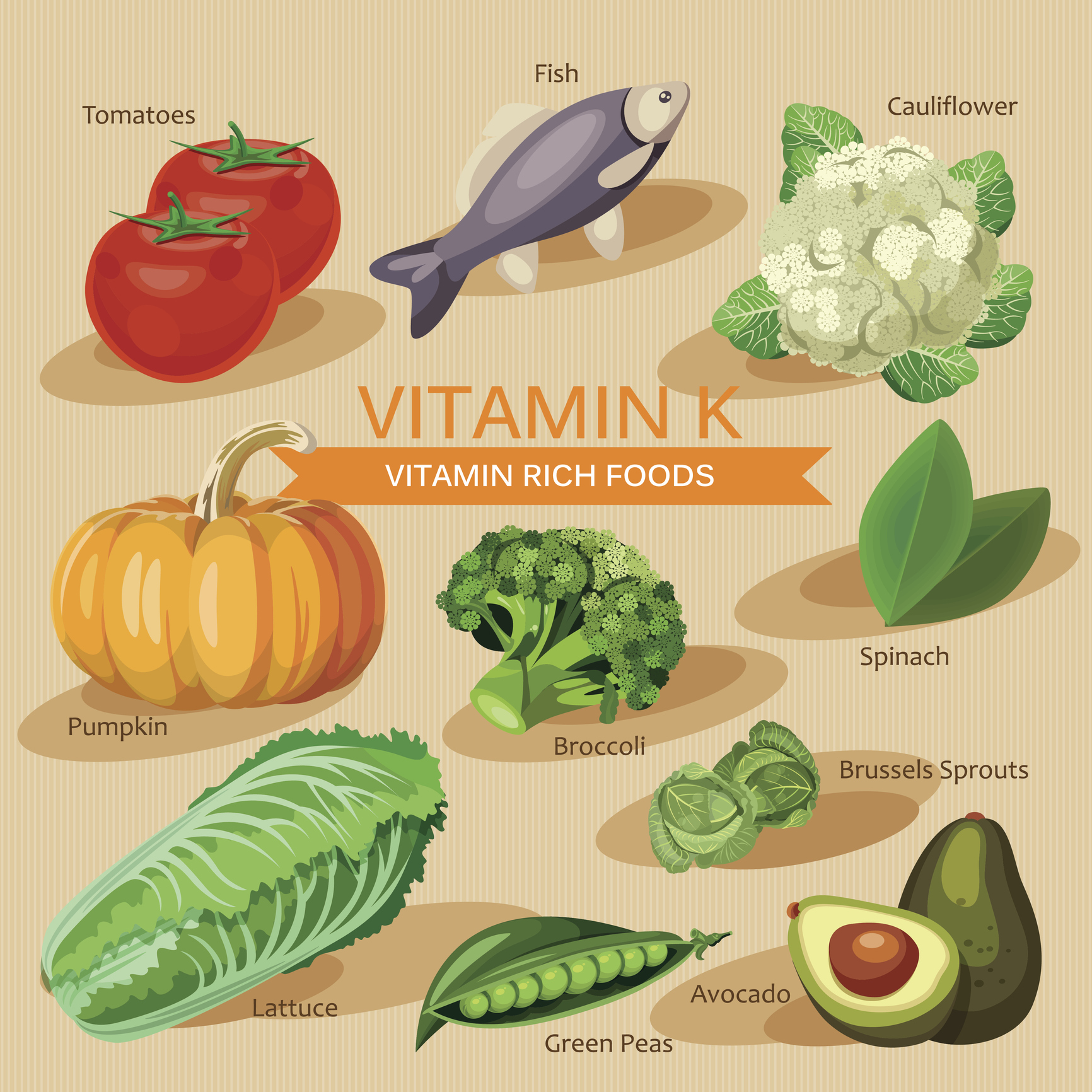Now is the Time to Build Your Child Bone
Your child’s bone health might not be your first concern when you think of how optimal nutrition impacts your kids’ health. After all, osteoporosis largely affects older adults. But, with adolescents reaching 90 percent of their peak bone mass by age 18 (for girls) and age 20 (for boys), bone health absolutely is a health issue for kids.
Think of bone health as a savings account. Bone is living tissue that is turned over constantly with regular deposits and withdrawals. During childhood and adolescence, bones are primed to make the highest rate of deposits possible, for use throughout the rest of a person’s life.
What Builds Healthy Bones?
Many nutrients work in concert to provide the framework for healthy bones. Calcium lies at the forefront, but vitamin D, magnesium, vitamin K and regular physical activity also are important.
Calcium

Aim for a good calcium source in each meal and snack. Milk, cheese and yogurt are the richest natural sources of calcium. For instance, one 8-ounce glass of milk provides 300 milligrams of calcium, or about one-fourth to one-third of the recommended daily intake. Other non-dairy food sources include almonds, broccoli, kale, turnip greens, figs and tofu prepared with calcium. Some foods and beverages are fortified with calcium, including certain juices, cereals and plant-based beverages.
Vitamin D

Sun exposure triggers vitamin D production, but this can vary greatly with skin pigmentation, season and geography. If you live in the northern United States, there is a good chance you won’t get enough sun exposure in winter for adequate vitamin D production. Also, sunlight exposure increases the risk of skin cancer. There are just a few natural food sources of vitamin D, including egg yolks, mushrooms and fatty fish such as salmon and tuna. You can find vitamin D in fortified sources such as orange juice, milk and some non-dairy beverages. Talk with your pediatrician about giving kids vitamin D supplements to reach the recommended 600 IU per day.

Magnesium

Look for sources of this mineral in foods such as almonds, spinach, black beans, oats, peanut butter, avocado and potato.
Vitamin K

Leafy green vegetables, such as kale, turnip greens, cabbage, spinach and broccoli, are rich in vitamin K. A small amount of vitamin K is made from bacteria in the colon but it’s unclear how much our bodies are able to produce and use, so it’s important to include food sources.
Physical Activity

Regular weight-bearing exercise stimulates bones and makes them stronger. Try activities such as running, hiking, dancing, tennis, gymnastics, basketball, volleyball, soccer and weight training to build bones. While swimming and bicycling are great for cardiovascular health, they are not weight-bearing. If these are your child’s preferred sports, encourage them to do weight-bearing activities, too.
Be Mindful of These Bad-for-Bone Actions
Just as important as what kids do to promote bone health is what they don’t do. Bone health can be compromised in these critical years by:
- Smoking
- Drinking alcohol
- Dieting and disordered eating
- Undereating for athletic training which can result in compromised hormonal status
- Absent or missed menstrual periods
Undereating during times of athletic training may result in compromised hormonal status, which can impact bone health. And females that have missed or irregular menstrual periods are also at risk.
Children and adolescents that receive the best interplay of nutrients and physical activity, while avoiding practices that harm bones, can maximize their bone saving potential.






